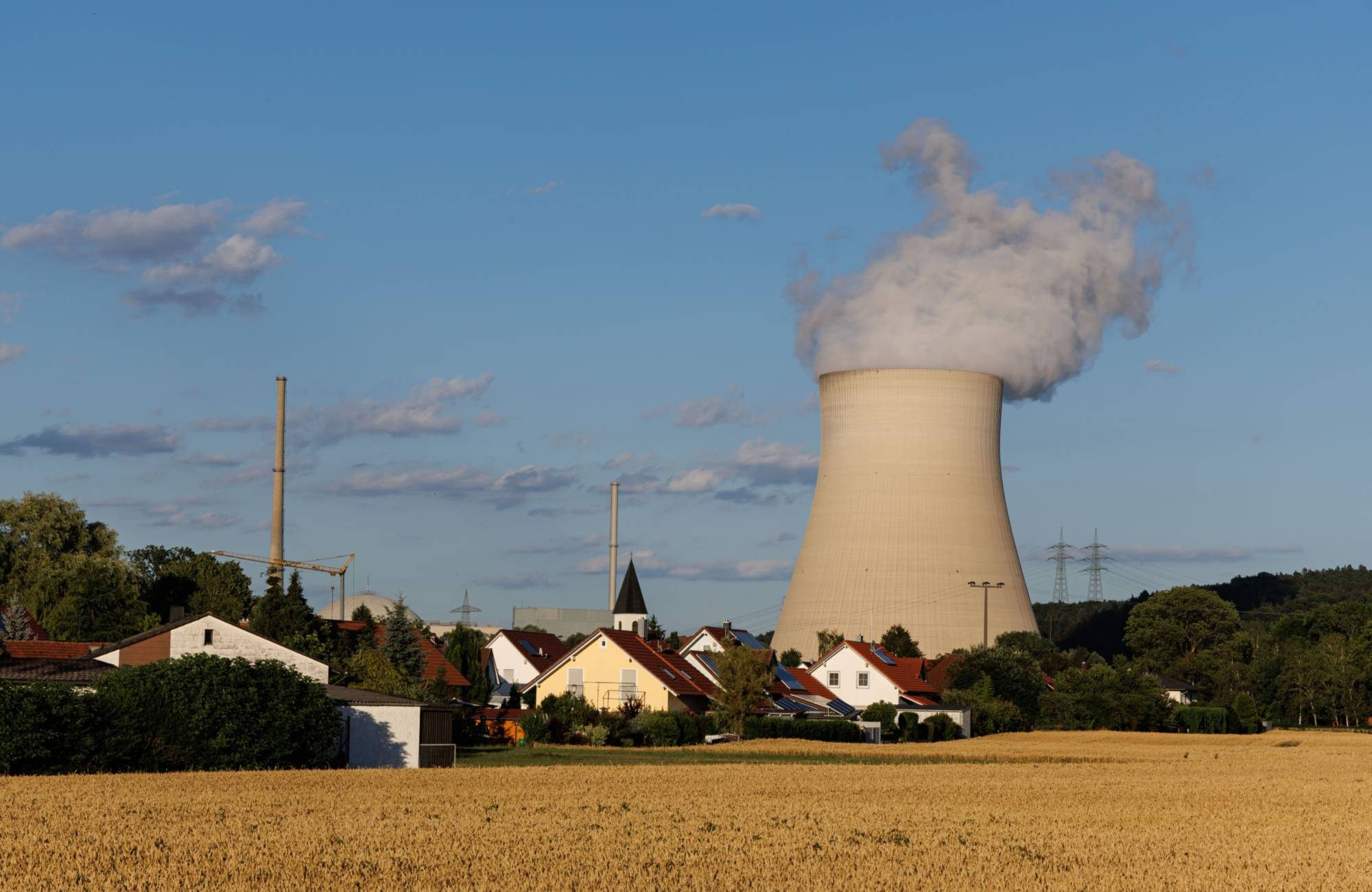 Small modular reactors are designed to generate less than 300 megawatts, compared with over 1,000 megawatts or more at large plants. | GETTY IMAGES / VIA BLOOMBERG
Small modular reactors are designed to generate less than 300 megawatts, compared with over 1,000 megawatts or more at large plants. | GETTY IMAGES / VIA BLOOMBERGNuclear-company executives and regulators met this week at the International Atomic Energy Agency to negotiate potential manufacturing and technology standards, a key step the industry needs to take in order to make prices competitive with other emissions-free energy sources. There are currently more than 80 unique small modular reactor, or SMR, designs under development, resulting in sprawling supply chains and caps on scaling up production.
“With higher interest rates to deal with and inflation pushing up the cost of steel, copper wire and just about everything else that goes into building an SMR, we know that even the most promising projects are having to tell their investors and buyers that prices have risen substantially,” IAEA Director General Rafael Mariano Grossi said at the meeting in Vienna. “Avoiding, or at least mitigating, cost rises and delays is now even more crucial.”
Some governments, big companies and billionaires including Bill Gates and Warren Buffett say SMRs are one of the planet’s best technological bets to combat global warming. SMRs are designed to generate less than 300 megawatts, compared with over 1,000 megawatts or more at large plants. Because of their smaller size and factory manufacture, they’re expected to be more widely distributed and quicker to build.
Nuclear energy costs in the U.S. currently level out to an average of $373 a megawatt hour, according to the latest estimates by BloombergNEF. That’s significantly higher than solar or onshore wind at $60 and $50 a megawatt hour, respectively.
Enter companies like NuScale Power Corp., the first U.S. SMR developer with a licensed design, and which wants to begin generating at the end of the decade. NuScale originally foresaw average generation costs of $55 a megawatt hour in 2016, which was slightly lifted to $58 five years later.
But new estimates show costs surged to almost $120 a megawatt hour this year, according to company data analyzed by the Institute for Energy Economics. Skyrocketing prices of commodities including steel, carbon fiber and copper drove the increase, according to the report. NuScale’s stock has tumbled a third a third this year.
A standardized approach that accelerated licensing technology across borders would aid the company, which is looking at projects across Asia, Europe and North America.
“We support in general a process that drives standardization of technology,” said Carrie Fosaaen, NuScale vice president of regulatory affairs, at the IAEA conference.
The IAEA’s Grossi chided delegates that they need to work together to develop industry standards, lest they contribute to the industry’s “reputation of unfulfilled promises.”
“This could strengthen the supply chain and also help to reduce regulatory costs associated with licensing and approval of new designs,” he said.